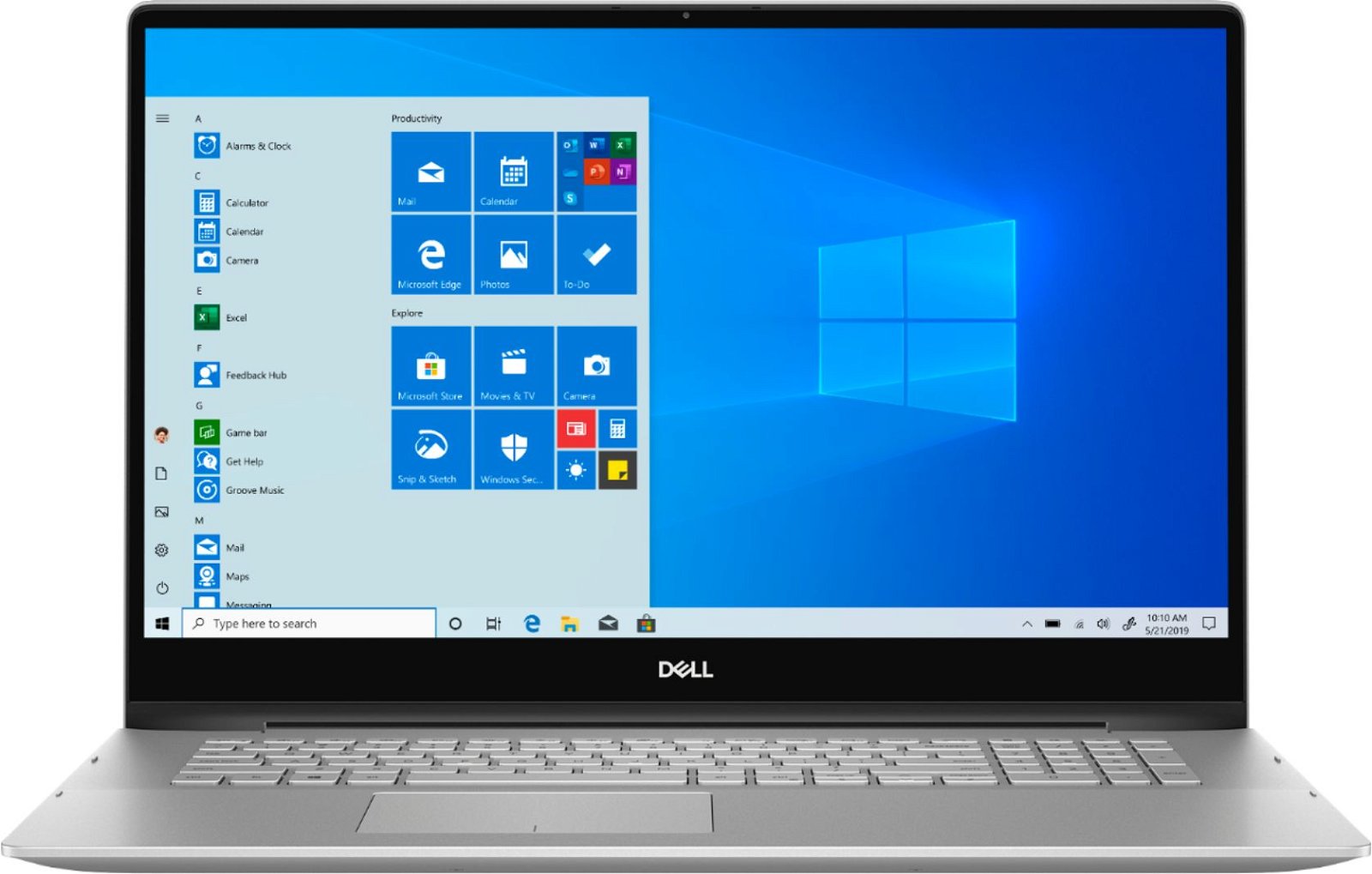Starting with version 20H2 of Windows 10, Microsoft will change the number you see in the Windows release information. The number will change to a number that represents half of the calendar year in which the Windows version was released.
The company states that for Windows 10 of version 20H2 they will only be referred to as "version 20H2" instead of "version 2009", as one would expect.
This numbering scheme according to Microsoft is a familiar approach to Windows Insiders and is designed to provide consistency in Microsoft version names across releases for commercial customers and their partners. Microsoft will continue to use a friendly name such as May 2020 Update, to describe the updates.
Windows 10 version 20H2 will be released later in the second half of 2020. The new version will be available to users που τρέχουν την έκδοση 2004 των Windows 10. Θα προσφέρει νέες possibilities and will improve performance and quality, according to the company. Windows 10 version 20H2 will also be the first version of Windows 10 to include the new Chromium-based Microsoft Edge.
The 20H2 version will be released in an optimized way. Anyone running the May 2020 Update and updating Windows 10 will have the 20H2 version faster installation, because it will be installed like a monthly update.
However, for users of older versions of Windows 10, the update process for the newer version will be the same as it is now.
Microsoft has already released the first version 20H2 to Insiders via Beta Channel (former Slow ring).





